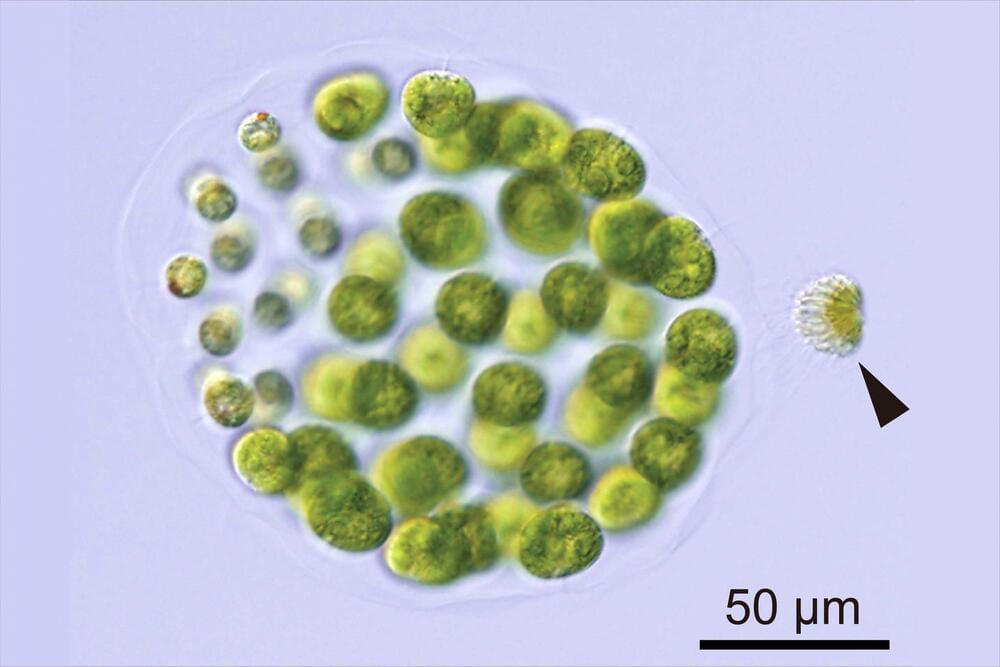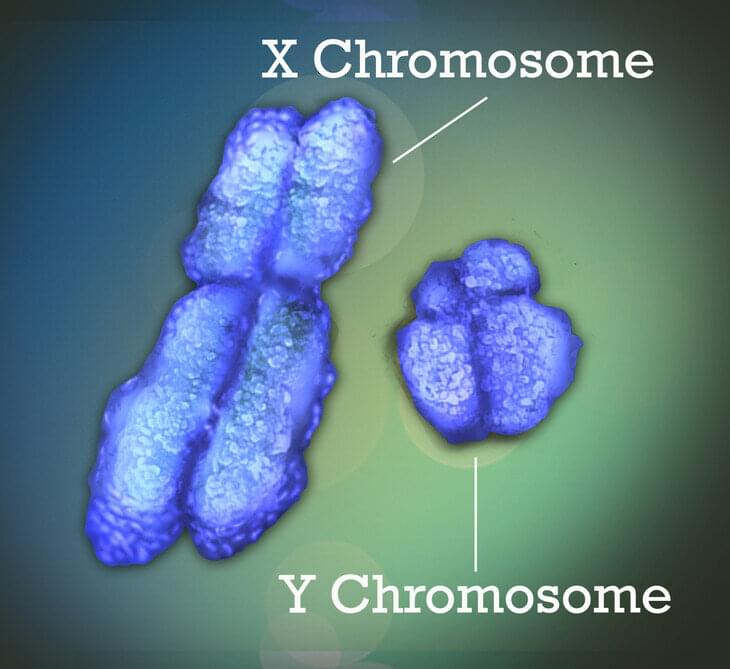EXCLUSIVE Pricier sex robots have already been equipped with a range of artificial intelligence features, with customers shelling out thousands on groundbreaking synthetic companions dailystar.



Researchers on quest to understand how different sexes first evolved.
For 30 years, University of Tokyo Associate Professor Hisayoshi Nozaki has traveled an hour west of Tokyo to visit the Sagami River and collect algal samples to understand how living things evolved different sexes. Through new analysis of samples collected in 2007 and 2013 from dam lakes along the river, Lake Sagami and Lake Tsukui, researchers identified a species of freshwater algae that evolved three different sexes, all of which can breed in pairs with each other.
This phenomenon of three sexes is slightly different from hermaphroditism. In species that normally have two sexes, a hermaphroditic individual who can produce both the male and female sex cells usually exists due to unusual gene expression. Many plants and some invertebrate species have three sexes due to normal gene expression, but this is the first time a species of algae or fungi has been identified with three sexes.

Many human diseases can differ between males and females in their prevalence, manifestation, severity or age of onset. Examples include Lupus, where more than 80% of patients are females; Alzheimer’s disease, where females have higher incidence and tend to suffer quicker cognitive decline; and COVID-19 infections that are frequently more severe in males.
These sex differences may have a genetic basis that is attributable to the sex chromosomes. The X chromosome—one of the two sex chromosomes—is known to play an important role in human development and disease. New research led by Penn State College of Medicine reveals for the first time that sex-biased diseases can be attributable to genes that escape X chromosome inactivation (XCI), a process that ensures that females do not overexpress genes on their X-chromosomes.
The team developed a genetic tool that can identify these XCI escape genes, and it may also help in determining whether a female will develop a sex-biased disease and if the disease will become progressively worse over time. The tool may even be useful in understanding the sex differences in immune responses to COVID-19, as the disease is thought to produce more severe symptoms and higher mortality in men than in women.

Many benefits have already been linked to the Mediterranean diet, and additional studies continue to examine its health effects that reveal other reasons to follow it.
This diet, based on a menu that contains whole grains, healthy fats, a large variety of fruits and vegetables and is relatively low in dairy products and red meat, is considered one of the healthiest diet lifestyles to keep.
Past research already established this diet’s contribution to prolonging life expectancy, as it reduces the risk of cardiovascular disease and also certain types of cancer, diabetes, dementia and more. Now, a new study finds that the Mediterranean diet is also beneficial for sexual function, improves blood circulation in general and also specifically for the penis, and is associated with higher levels of testosterone.
A new study presents interesting findings on the link between the Mediterranean diet and improved sexual function, especially for men of a certain age.

Denisovan DNA lives on in some humans today because, once our Homo sapien ancestors encountered the Denisovans, they had sex with them and gave birth to babies — something geneticists call admixture. By analyzing current-day genetic data, we can look back into human history.
Geneticists have found that a Philippine ethnic group known as the Ayta Magbukon has the highest level of Denisovan ancestry in the world.

Upon an otherwise unruly landscape of choppy sea and craggy peaks, the salmon farms that dot many of Norway’s remote fjords impose a neat geometry. The circular pens are placid on the surface, but hold thousands of churning fish, separated by only a net from their wild counterparts. And that is precisely the conundrum. Although the pens help ensure the salmon’s welfare by mimicking the fish’s natural habitat, they also sometimes allow fish to escape, a problem for both the farm and the environment.
In an attempt to prevent escaped fish from interbreeding with their wild counterparts and threatening the latter’s genetic diversity, molecular biologist Anna Wargelius and her team at the Institute of Marine Research in Norway have spent years working on ways to induce sterility in Atlantic salmon. Farmed salmon that cannot reproduce, after all, pose no threat to the gene pool of wild stocks, and Wargelius has successfully developed a technique that uses the gene-editing technology Crispr to prevent the development of the cells that would otherwise generate functioning sex organs.
In fact, Wargelius’ team was a little too successful. To be financially viable, commercial fish farms need at least some of their stock to reproduce. So the scientists went a step further, developing a method of temporarily reversing the modification they had already made. They’ve created what they call “sterile parents.”
Guide to the best sex robots on the market. The top sexbot companies and AI sex doll manufacturers building the ideal sex partner.

A new discovery explains what determines the number and position of genetic exchanges that occur in sex cells, such as pollen and eggs in plants, or sperm and eggs in humans.
When sex cells are produced by a special cell division called meiosis, chromosomes exchange large segments of DNA. This ensures that each new cell has a unique genetic makeup and explains why, with the exception of identical twins, no two siblings are ever completely genetically alike. These exchanges of DNA, or crossovers, are essential for generating genetic diversity, the driving force for evolution, and their frequency and position along chromosomes are tightly controlled.
Co-first author of the study Dr. Chris Morgan explains the significance of this phenomenon: “Crossover positioning has important implications for evolution, fertility and selective breeding. By understanding the mechanisms that drive crossover positioning we are more likely to be able to uncover methods to modify crossover positioning to improve current plant and animal breeding technologies.”

Following the approval of the consent law by Danish parliament in December 2020, a team of Danish developers released iConsent, which allows users to send a request for consent via their phone to a potential partner, who can then accept or reject the encounter. Via @WIREDUK
Denmark’s iConsent aims to support new sexual consent legislation – but does it lack the sex appeal for everyday use?